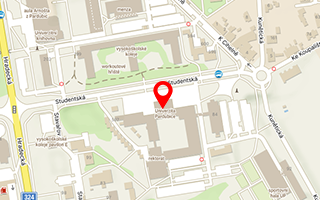Publikace detail
Role of Nb in the failure of dual-phase steel in heterogeneous welds
Autoři:
Schmidová Eva | M R Sunil Kumar | Schmid Michal | Bozkurt Fatih
Rok: 2020
Druh publikace: článek v odborném periodiku
Název zdroje: Engineering Failure Analysis
Název nakladatele: Elsevier
Místo vydání: Kidlington
Strana od-do: nestránkováno
